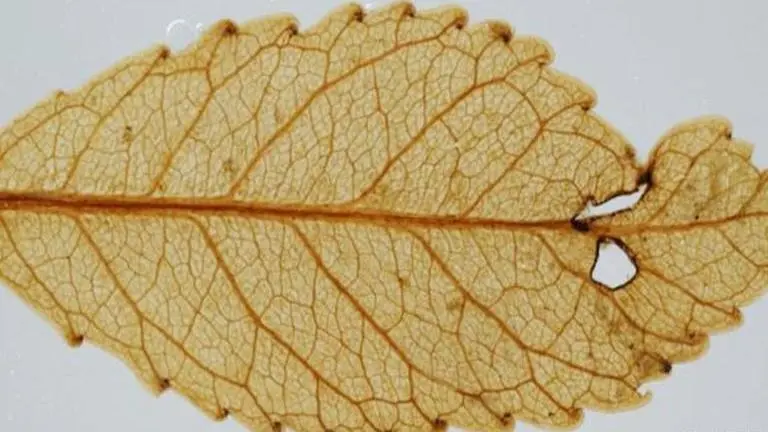Updated 29 August 2020 at 08:36 IST
Mummified leaves offer a glimpse of Earth’s ancient climate and its future
A recent study revealed that fossil leaves from the remains of a 23 million-year-old forest suggest some plants may adapt to grow more quickly as CO2 level rise
- Science News
- 4 min read

A recent study revealed that fossil leaves from the remains of a 23 million-year-old forest suggest some plants may adapt to grow more quickly as Carbon dioxide (CO2) levels rise. Biologists and geologists examined well-preserved leaves from a lakebed in New Zealand and found evidence that they grew in a time when the amount of carbon dioxide in the atmosphere was higher than it is today. The ancient leaves may have absorbed carbon dioxide more efficiently while minimizing water loss as compared with those of modern plants in similar environments, according to scientists. The study was published on August 20 in the journal Climate of the Past.
In the study, the team of scientists has shown that some plants were able to harvest carbon dioxide more efficiently for photosynthesis - the biological process that provides light from the Sun to produce food for the plant.
Fossils examined form Miocene Epoch time
The fossils examined by the researchers date back to the early Miocene Epoch-a time when Earth was warm. Biological material has been fossilised, including the remains of plants, spiders, algae, beetle, flies, fungi and other living things from this warm period. During this time subtropical rainforests grew in New Zealand.
Advertisement
At Foulden Maar (a fossil site near Middlemarch in Otago), a volcanic crater north of Dunedin, conditions were appropriate to create a unique opportunity to preserve leaves from these forests. Unlike a typical lake, which is formed when water flows from a river into a depression, the crater left by an explosive eruption at Foulden Maar was filled only by rain and groundwater. Without the constant disruption of inflowing river water, this lake acquired a layer of stagnant water with very little oxygen.
Advertisement
Higher global temperatures
The study further revealed that the average global temperatures are thought to have been between 3°C and 7°C higher than today, and ice largely disappeared from the poles. There is also a debate among scientists about levels of CO2 in the period.
Lead author Tammo Reichgelt, from the University of Connecticut in Storrs, US said that it is amazing that these leaves are basically mummified. We have their original chemical compositions, and can see all their fine features under a microscope, he said.
Adding further Reichgelt said that the leaves are preserved so perfectly that microscopic veins and stomata (the pores which allow leaves to take in air and release water during photosynthesis) are visible.
The scientists analysed the different chemical forms of carbon - or carbon isotopes - within leaves from a half-dozen tree species found at various levels in the deposit. This helped the scientist to estimate the carbon content of the atmosphere at the time. The researchers concluded it was around 450 parts per million (ppm).
Previous studies that used marine organisms suggested it was significantly lower, around 300 ppm. Human emissions have now shifted CO2 levels to about 415 ppm and are expected to reach 450 ppm in the next few decades. The same level was experienced by those forests in New Zealand twenty-three million years ago.
The scientists have also analysed the geometry of the leaves stomata and other anatomical features and compared them with those of modern leaves. It showed that the trees were unusually efficient at sucking in carbon through the stomata, without leaking much water through the same route - a key challenge for all plants.
This allowed the trees to grow in marginal areas that otherwise would have been too dry for forests.
The researchers revealed that this higher efficiency was very likely mirrored in forests across the northern temperate latitudes, where more of the Earth's landmass is located.
Published By : Brigitte Fernandes
Published On: 29 August 2020 at 08:36 IST
